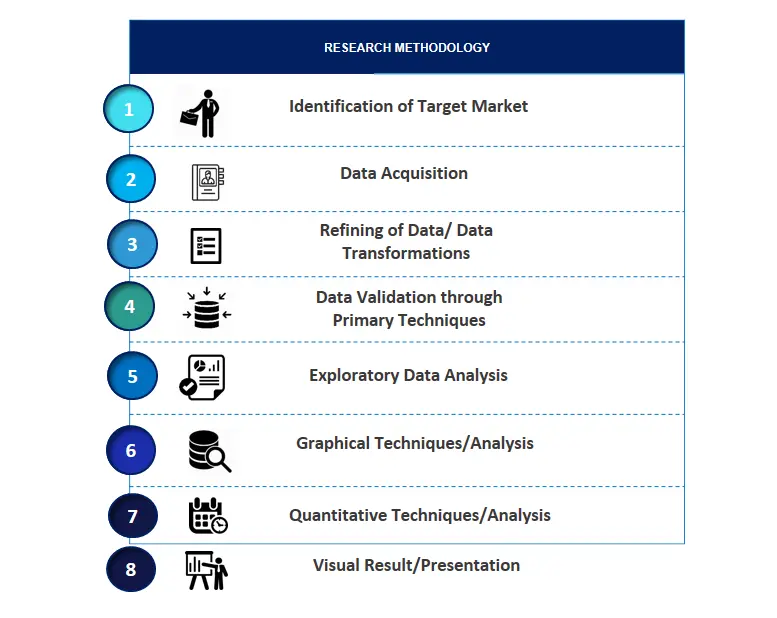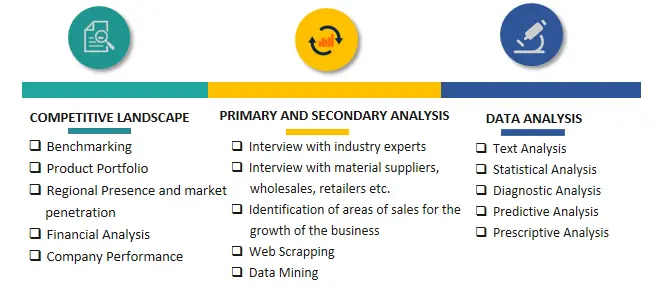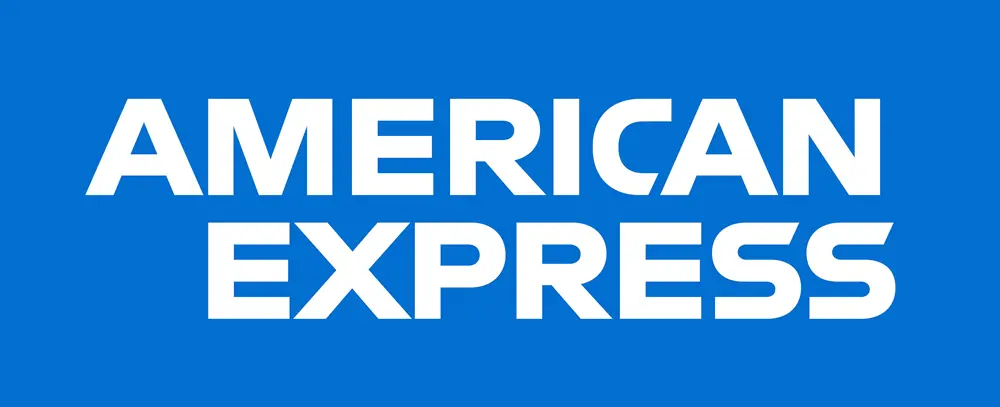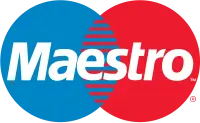
Continence Care Market Size, Growth, Share, Trends, Revenue, Demand and Future Outlook
Continence Care Market Size- By Product Type, By Gender, By Category, By End Use- - Regional Outlook, Competitive Strategies and Segment Forecast to 2034
| Published: Jan-2025 | Report ID: HLCA2517 | Pages: 1 - 256 | Formats*: |
| Category : Healthcare | |||


- Convatec announced in August 2024 that its free digital app would be available in the United States to help new intermittent catheter users and their medical providers.
- Coloplast introduced the Luja Female intermittent catheter in May 2024. Its purpose is to lower the incidence of urinary tract infections (UTIs) by allowing the bladder to empty completely in a single flow. It is environmentally friendly, using 28% less plastic and leaving a smaller carbon footprint thanks to Micro-hole Zone Technology.
- Clinisupplies expanded its continence care solutions in October 2023 when it purchased the Aquaflush transanal irrigation (TAI) portfolio from Renew Medical. The purpose of this acquisition is to increase Clinisupplies' product line and assist patients with chronic bowel disorders.
| Report Metric | Details |
| Market size available for years | 2021-2034 |
| Base year considered | 2024 |
| Forecast period | 2025-2034 |
| Segments covered | By Product Type, By Gender, By Category, By End Use. |
| Regions covered | North America, Asia-Pacific, Latin America, Middle East & Africa and Europe. |
| Companies Covered | ABENA, Attends Healthcare Products, Inc., BD (Becton, Dickinson and Company), Boston Scientific Corporation, Cardinal Health, Coloplast Group, ConvaTec Group Plc, Essity Aktiebolag, First Quality Enterprises, Inc., Hollister Incorporated, KCWW (Kimberly-Clark Corporation), Medline Industries, Inc., Ontex Healthcare, Paul Hartmann AG, Salts Healthcare Ltd., Teleflex Incorporated, Wellspect HealthCare, Others. |
- Global Continence Care Market Size (FY’2021-FY’2034)
- Overview of Global Continence Care Market
- Segmentation of Global Continence Care Market By Product Type (Urinary catheters, Urinary bags and pouch, Absorbent Products, Others)
- Segmentation of Global Continence Care Market By Gender (Male, Female)
- Segmentation of Global Continence Care Market By Category (Disposable, Reusable)
- Segmentation of Global Continence Care Market By End Use (Hospitals and clinics, Home care, Others)
- Statistical Snap of Global Continence Care Market
- Expansion Analysis of Global Continence Care Market
- Problems and Obstacles in Global Continence Care Market
- Competitive Landscape in the Global Continence Care Market
- Details on Current Investment in Global Continence Care Market
- Competitive Analysis of Global Continence Care Market
- Prominent Players in the Global Continence Care Market
- SWOT Analysis of Global Continence Care Market
- Global Continence Care Market Future Outlook and Projections (FY’2025-FY’2034)
- Recommendations from Analyst
1.1. Scope of the report1.2. Market segment analysis
2.1. Research data source
2.1.1. Secondary Data2.1.2. Primary Data2.1.3. SPERs internal database2.1.4. Premium insight from KOLs
2.2. Market size estimation
2.2.1. Top-down and Bottom-up approach
2.3. Data triangulation
4.1. Driver, Restraint, Opportunity and Challenges analysis
4.1.1. Drivers4.1.2. Restraints4.1.3. Opportunities4.1.4. Challenges
5.1. SWOT Analysis
5.1.1. Strengths5.1.2. Weaknesses5.1.3. Opportunities5.1.4. Threats
5.2. PESTEL Analysis
5.2.1. Political Landscape5.2.2. Economic Landscape5.2.3. Social Landscape5.2.4. Technological Landscape5.2.5. Environmental Landscape5.2.6. Legal Landscape
5.3. PORTERs Five Forces
5.3.1. Bargaining power of suppliers5.3.2. Bargaining power of buyers5.3.3. Threat of Substitute5.3.4. Threat of new entrant5.3.5. Competitive rivalry
5.4. Heat Map Analysis
6.1. Global Continence Care Market Manufacturing Base Distribution, Sales Area, Product Type6.2. Mergers & Acquisitions, Partnerships, Product Launch, and Collaboration in Global Continence Care Market
7.1. Urinary catheters7.2. Urinary bags and pouch7.3. Absorbent Products7.4. Others
8.1. Male8.2. Female
9.1. Disposable9.2. Reusable
10.1. Hospitals and clinics10.2. Home care10.3. Others
11.1. Global Continence Care Market Size and Market Share
12.1. Asia-Pacific
12.1.1. Australia12.1.2. China12.1.3. India12.1.4. Japan12.1.5. South Korea12.1.6. Rest of Asia-Pacific
12.2. Europe
12.2.1. France12.2.2. Germany12.2.3. Italy12.2.4. Spain12.2.5. United Kingdom12.2.6. Rest of Europe
12.3. Middle East and Africa
12.3.1. Kingdom of Saudi Arabia12.3.2. United Arab Emirates12.3.3. Qatar12.3.4. South Africa12.3.5. Egypt12.3.6. Morocco12.3.7. Nigeria12.3.8. Rest of Middle-East and Africa
12.4. North America
12.4.1. Canada12.4.2. Mexico12.4.3. United States
12.5. Latin America
12.5.1. Argentina12.5.2. Brazil12.5.3. Rest of Latin America
13.1. ABENA
13.1.1. Company details13.1.2. Financial outlook13.1.3. Product summary13.1.4. Recent developments
13.2. Attends Healthcare Products, Inc.
13.2.1. Company details13.2.2. Financial outlook13.2.3. Product summary13.2.4. Recent developments
13.3. BD (Becton, Dickinson and Company)
13.3.1. Company details13.3.2. Financial outlook13.3.3. Product summary13.3.4. Recent developments
13.4. Boston Scientific Corporation
13.4.1. Company details13.4.2. Financial outlook13.4.3. Product summary13.4.4. Recent developments
13.5. Cardinal Health
13.5.1. Company details13.5.2. Financial outlook13.5.3. Product summary13.5.4. Recent developments
13.6. Coloplast Group
13.6.1. Company details13.6.2. Financial outlook13.6.3. Product summary13.6.4. Recent developments
13.7. ConvaTec Group Plc
13.7.1. Company details13.7.2. Financial outlook13.7.3. Product summary13.7.4. Recent developments
13.8. Essity Aktiebolag
13.8.1. Company details13.8.2. Financial outlook13.8.3. Product summary13.8.4. Recent developments
13.9. First Quality Enterprises, Inc.
13.9.1. Company details13.9.2. Financial outlook13.9.3. Product summary13.9.4. Recent developments
13.10. Hollister Incorporated
13.10.1. Company details13.10.2. Financial outlook13.10.3. Product summary13.10.4. Recent developments
13.11. KCWW (Kimberly-Clark Corporation)
13.11.1. Company details13.11.2. Financial outlook13.11.3. Product summary13.11.4. Recent developments
13.12. Medline Industries, Inc.
13.12.1. Company details13.12.2. Financial outlook13.12.3. Product summary13.12.4. Recent developments
13.13. Ontex Healthcare
13.13.1. Company details13.13.2. Financial outlook13.13.3. Product summary13.13.4. Recent developments
13.14. Paul Hartmann AG
13.14.1. Company details13.14.2. Financial outlook13.14.3. Product summary13.14.4. Recent developments
13.15. Salts Healthcare Ltd.
13.15.1. Company details13.15.2. Financial outlook13.15.3. Product summary13.15.4. Recent developments
13.16. Teleflex Incorporated
13.16.1. Company details13.16.2. Financial outlook13.16.3. Product summary13.16.4. Recent developments
13.17. Wellspect HealthCare
13.17.1. Company details13.17.2. Financial outlook13.17.3. Product summary13.17.4. Recent developments
13.18. Others
SPER Market Research’s methodology uses great emphasis on primary research to ensure that the market intelligence insights are up to date, reliable and accurate. Primary interviews are done with players involved in each phase of a supply chain to analyze the market forecasting. The secondary research method is used to help you fully understand how the future markets and the spending patterns look likes.
The report is based on in-depth qualitative and quantitative analysis of the Product Market. The quantitative analysis involves the application of various projection and sampling techniques. The qualitative analysis involves primary interviews, surveys, and vendor briefings. The data gathered as a result of these processes are validated through experts opinion. Our research methodology entails an ideal mixture of primary and secondary initiatives.



Frequently Asked Questions About This Report
PLACE AN ORDER
Year End Discount
Sample Report
Pre-Purchase Inquiry
NEED CUSTOMIZATION?
Request CustomizationCALL OR EMAIL US
100% Secure Payment






Related Reports
Our Global Clients
Our data-driven insights have influenced the strategy of 200+ reputed companies across the globe.




















